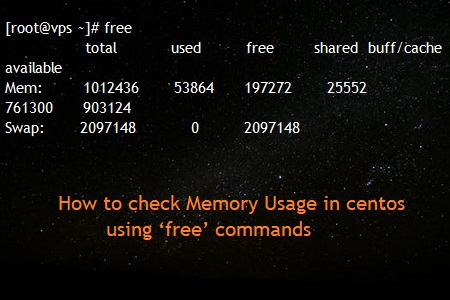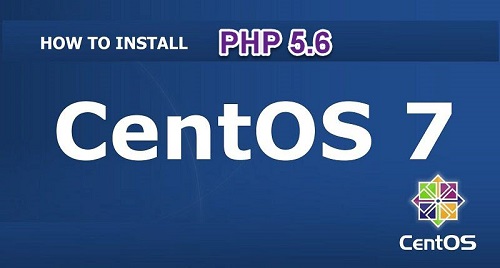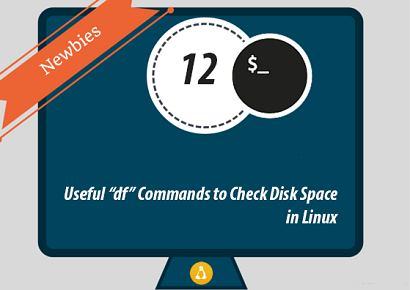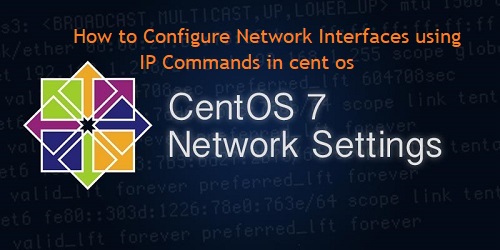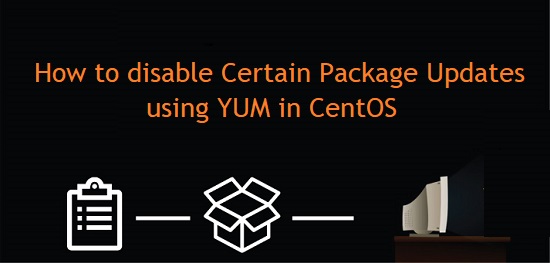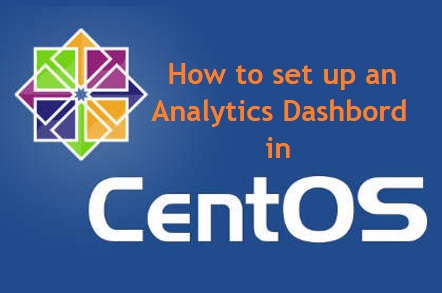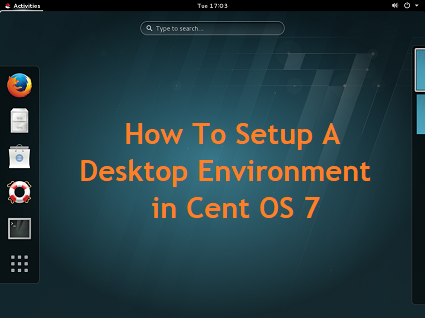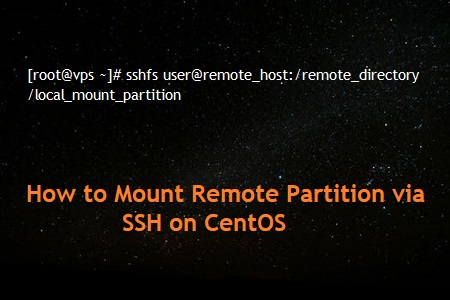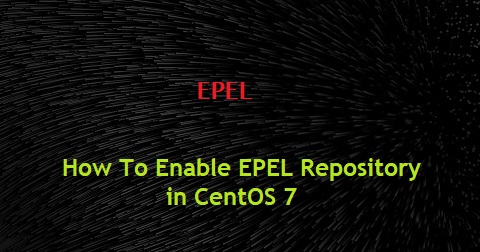
News Block
Fullwidth Featured
How to check Memory Usage in centos using ‘free’ commands
Description Linux is one of the most popular open source operating system and comes with huge set of commands. The most important and single way of determining the total available space of the physical memory and swap memory is by using “free” command. The Linux “free” command gives information about total used and available space […]
How to Install PHP 5.6 on CentOS 7
Description By default the CentOS 7 official software package repositories have PHP 5.4, which has reached the end of life and no longer actively maintained by the developers. To keep up with the latest features and security updates, you need a newer (probably the latest) version of PHP on your CentOS 7 system. It is […]
How to check disk usage using df commands
Description The ‘df‘ command stand for “disk filesystem“, it is used to get full summary of available and used disk space usage of file system on Linux system. Using ‘-h‘ parameter with (df -h) will shows the file system disk space statistics in “human readable” format, means it gives the details in bytes, mega bytes […]
How to Configure Network Interfaces using IP Commands in cent os
Description We are going to review how we can assign Static IP Address, Static Route, Default Gateway etc. Assigning IP Address on demand using IP command. IFCONFIG command is deprecated and replaced by IP command in Linux. However, IFCONFIG command is still works and available for most of the Linux distributions. Configure of Static […]
How to disable Certain Package Updates using YUM in CentOS
Description YUM means Yellowdog Updater Modified. It is an open source default package management system for several Linux flavors like RHEL (Red Hat Enterprise Linux), CentOS (Community Enterprise Operating System)and Fedora. The YUM utility is used to install, upgrade, remove rpm based packages from the distribution repositories in systems. But sometime we don’t want to […]
How to set up an Analytics Dashbord in CENT OS 7
Description Data is the biggest thing out there right now. We need to present data in a way that allows for valuable insights to be gained. One way of achieving such purpose is to make use of a visualization dashboard. Visualizations of data are the most accessible, as any user, technical or not, can gain […]
How To Setup A Desktop Environment in Cent OS 7
Description A default CentOS 7 instance comes with a graphical user interface (GUI) installed. However, in case you have decided to skip the GUI installation, or are using a minimal distribution, you can always set up your visual environment later. As CentOS is a distribution typically aimed for systems administrators, most users prefer working on […]
How to Mount Remote Partition via SSH on CentOS
Description about SSHFS SSHFS (SSH Filesystem) is a filesystem client to mount and interact with directories and files located on a remote server or workstation over a normal ssh connection. The client interacts with the remote file system via the SSH File Transfer Protocol (SFTP), a network protocol providing file access, file transfer, and file […]
How To Enable EPEL Repository in CentOS 7
Description EPEL (Extra Packages for Enterprise Linux) is open source and free community based repository project from Fedora team which provides 100% high quality add-on software packages for Linux distribution including RHEL (Red Hat Enterprise Linux), CentOS, and Scientific Linux. EPEL project is not a part of RHEL/Cent OS but it is designed for major […]
How to create Auto-responder in cPanel
Description : cPanel Autoresponderinterface facilitates in setting automated reply to the emails. An email can be configured and set as Autoresponder to the mails. Automated reply may be either stating that the email will be replied soon or stating non-availability and reply by a specific time. cPanel facilitates to add or modify Autoresponders for the […]
















